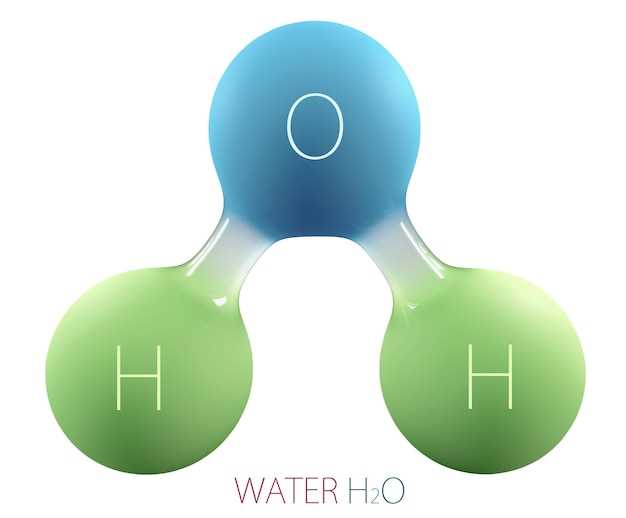
Experience the power of Chlorthalidone to Hydrochlorothiazide conversion!
Are you searching for a reliable solution to manage hypertension?
Look no further! Our Chlorthalidone to Hydrochlorothiazide conversion offers the perfect alternative to effectively control high blood pressure.
With our innovative formula, you can experience better results and improved cardiovascular health.
Unlike other medications, our Chlorthalidone to Hydrochlorothiazide conversion provides a seamless transition with minimal side effects.
Don’t compromise on your well-being. Choose the proven solution for hypertension management. Try Chlorthalidone to Hydrochlorothiazide conversion today!
Benefits
When considering the benefits of Chlorthalidone and hydrochlorothiazide, it is important to note that both medications fall into the diuretic class and are used to treat high blood pressure and fluid retention. However, Chlorthalidone has been shown to have several advantages over hydrochlorothiazide.
1. Increased effectiveness
Studies have suggested that Chlorthalidone may be more effective in reducing blood pressure compared to hydrochlorothiazide. It has a longer half-life, which means it stays in the body longer, resulting in a sustained effect on blood pressure reduction.
2. Reduced risk of cardiovascular events

Research has indicated that treatment with Chlorthalidone may lead to a lower risk of cardiovascular events such as heart attacks and strokes compared to hydrochlorothiazide. This benefit is attributed to Chlorthalidone’s ability to not only lower blood pressure but also improve arterial stiffness.
3. Longer dosing interval
Chlorthalidone is typically taken once daily, whereas hydrochlorothiazide often requires multiple daily doses. This convenience factor can improve patient compliance and make it easier to adhere to the prescribed treatment regimen.
4. Potassium-sparing effect
Unlike hydrochlorothiazide, Chlorthalidone has a potassium-sparing effect, meaning it helps to retain potassium in the body. This can be beneficial for individuals who are at risk of low potassium levels.
Overall, Chlorthalidone offers several advantages over hydrochlorothiazide in terms of effectiveness, cardiovascular risk reduction, dosing convenience, and potassium-sparing effect. However, it is important to consult with a healthcare professional to determine the most suitable medication for your individual needs.
Comparison
Chlorthalidone and hydrochlorothiazide are both diuretic medications commonly used to treat high blood pressure and fluid retention. While they have similar functions, there are several key differences between the two:
- Mechanism of action: Chlorthalidone works by inhibiting the reabsorption of sodium and chloride ions in the kidneys, leading to increased urine production and decreased fluid retention. Hydrochlorothiazide, on the other hand, primarily inhibits the reabsorption of sodium ions, resulting in similar effects.
- Duration of action: Chlorthalidone has a longer duration of action compared to hydrochlorothiazide. This means that it remains effective in the body for a longer period of time, resulting in less frequent dosing.
- Potency: Chlorthalidone is considered to be more potent compared to hydrochlorothiazide. This means that lower doses of chlorthalidone may be needed to achieve the same effect as higher doses of hydrochlorothiazide.
- Effectiveness: Chlorthalidone has been shown to be more effective in reducing blood pressure compared to hydrochlorothiazide. Studies have demonstrated that chlorthalidone is associated with a greater reduction in systolic and diastolic blood pressure levels.
- Side effects: Both chlorthalidone and hydrochlorothiazide can cause similar side effects, such as increased urination, electrolyte imbalances, and dizziness. However, chlorthalidone may be more likely to cause electrolyte disturbances, particularly low potassium levels.
It is important to note that the choice between chlorthalidone and hydrochlorothiazide should be based on individual patient factors and preferences, as well as the guidance of a healthcare professional.
Differences between Chlorthalidone and hydrochlorothiazide

Chlorthalidone and hydrochlorothiazide are both diuretic medications used to treat high blood pressure and edema. While they belong to the same drug class and have similar therapeutic effects, there are some important differences between the two.
1. Duration of Action:
Chlorthalidone has a longer duration of action compared to hydrochlorothiazide. It stays in the body for a longer period of time, which means that it can be taken less frequently. Usually, chlorthalidone is taken once daily, while hydrochlorothiazide needs to be taken multiple times throughout the day.
2. Potency:
Chlorthalidone is more potent than hydrochlorothiazide. It has a greater effect on promoting diuresis and reducing blood pressure. This means that lower doses of chlorthalidone can achieve the same therapeutic effect as higher doses of hydrochlorothiazide.
3. Metabolism:
The metabolism of chlorthalidone and hydrochlorothiazide differs. Chlorthalidone is metabolized in the liver, while hydrochlorothiazide is metabolized in the kidneys. This difference in metabolism can affect their overall pharmacokinetics and potential drug interactions.
4. Target Audience:
Chlorthalidone is generally recommended for patients with more severe hypertension or those who require a more potent diuretic effect. On the other hand, hydrochlorothiazide is commonly prescribed for patients with mild to moderate hypertension or those who need a less potent diuretic.
5. Side Effects:
Both Chlorthalidone and hydrochlorothiazide have similar side effects, such as dizziness, headache, and increased urination. However, chlorthalidone may have a higher incidence of certain side effects, such as electrolyte imbalances and increased blood sugar levels.
Overall, the choice between Chlorthalidone and hydrochlorothiazide depends on individual patient factors, such as the severity of hypertension, desired duration of action, and presence of any comorbidities. It is important to consult with a healthcare professional to determine the most appropriate diuretic therapy for each patient’s specific needs.
Usage
Chlorthalidone and hydrochlorothiazide are both diuretic medications that are primarily used to treat high blood pressure and edema (fluid retention). They work by increasing the production of urine, which helps to reduce the amount of excess fluid in the body.
Chlorthalidone is typically taken once a day in the morning, while hydrochlorothiazide can be taken once or twice a day. It is important to take these medications as prescribed by your healthcare provider.
Chlorthalidone and hydrochlorothiazide may be used alone or in combination with other medications to help control blood pressure. They are often prescribed alongside other antihypertensive drugs, such as ACE inhibitors or beta-blockers.
It is important to note that these medications are not a cure for high blood pressure or other conditions, but rather help to manage symptoms. Therefore, it is important to continue taking them as prescribed, even if you start to feel better.
If you have any questions or concerns about the usage of chlorthalidone or hydrochlorothiazide, it is recommended that you speak with your healthcare provider for further guidance.
Side Effects
While Chlorthalidone and hydrochlorothiazide are effective medications for treating high blood pressure and edema, they may also cause some side effects. It is important to be aware of these potential side effects before starting treatment.
Common side effects of Chlorthalidone and hydrochlorothiazide may include:
- Dizziness: Some individuals may experience dizziness or lightheadedness when taking these medications. It is important to be cautious when standing up or performing activities that require alertness.
- Frequent urination: Chlorthalidone and hydrochlorothiazide are diuretics, which means they increase urine production. This can lead to more frequent trips to the bathroom.
- Increased sensitivity to sunlight: Both medications may cause an increased sensitivity to sunlight, making individuals more prone to sunburn or rash. It is important to use sunscreen and protective clothing when outdoors.
- Low potassium levels: Chlorthalidone and hydrochlorothiazide can lower potassium levels in the blood, which may cause muscle weakness, fatigue, or irregular heartbeat. Regular blood tests may be needed to monitor potassium levels.
- Increased blood sugar levels: Chlorthalidone and hydrochlorothiazide may raise blood sugar levels, which may be a concern for individuals with diabetes. Regular monitoring of blood sugar levels is important.
It is important to note that not everyone will experience these side effects, and some individuals may experience different or more severe side effects. If any of these side effects persist or worsen, it is important to contact a healthcare provider for further evaluation.
Remember, always consult a healthcare professional before starting any new medication.
